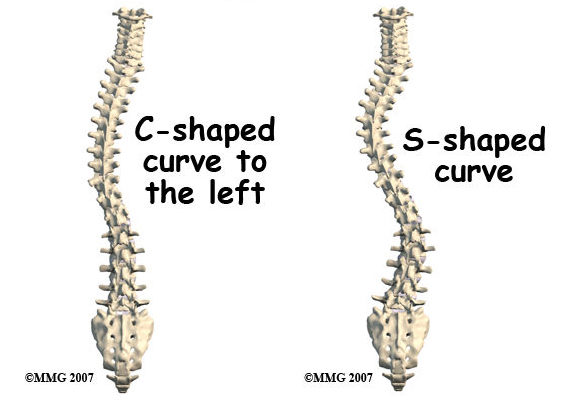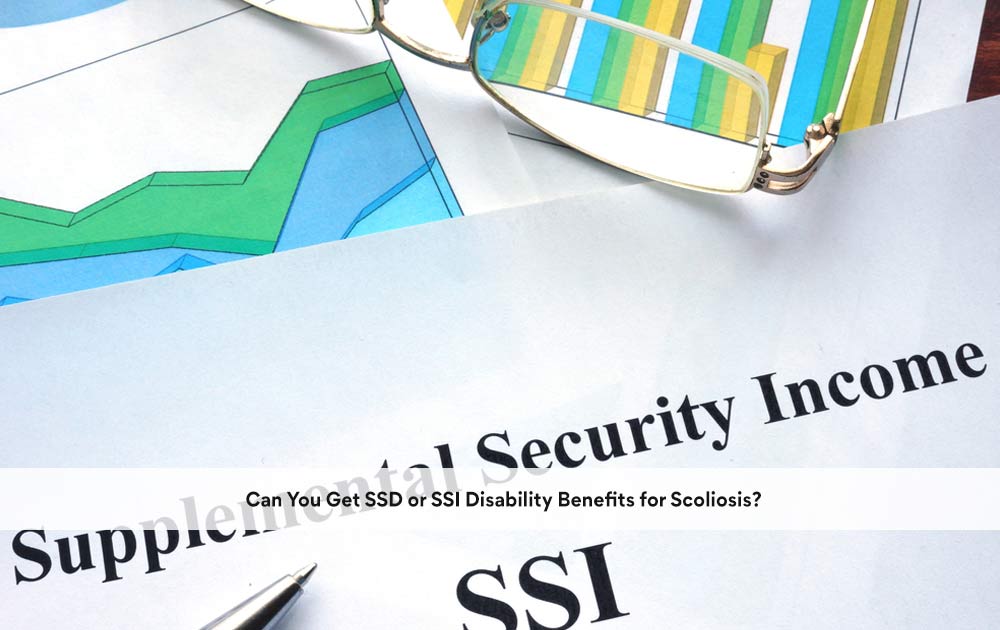Scoliosis is a condition characterized by an abnormal curvature of the spine, which can cause the spine to curve sideways, resulting in an “S” or “C” shape. It can develop during childhood or adolescence, known as adolescent idiopathic scoliosis, or manifest later in life due to other factors. The causes of scoliosis are not always clear, but genetic factors, neuromuscular conditions, or structural abnormalities in the spine can play a role.

Definition von Behinderung
Disability is generally defined as a physical or mental impairment that substantially limits one or more major life activities. This definition highlights the individual’s functional limitations and the impact on their ability to perform daily tasks. The legal definition of disability can vary by jurisdiction and is often shaped by legislation or case law.
Legal Framework for Disability
In many countries, including the United States, the legal framework for disability is established through legislation such as the Americans with Disabilities Act (ADA) and the Rehabilitation Act. These laws prohibit discrimination against individuals with disabilities and require reasonable accommodations in employment, public services, and places of public accommodation.
Is Scoliosis Recognized as a Disability?
Whether scoliosis is recognized as a disability depends on the severity of the condition and its impact on an individual’s daily life. In the U.S., the ADA considers scoliosis a disability if it substantially limits one or more major life activities, such as walking or lifting. However, the determination is made on a case-by-case basis, considering the individual’s specific circumstances and functional limitations.
Medical Perspectives on Scoliosis
From a medical standpoint, scoliosis is primarily viewed as a medical condition rather than a disability. Medical professionals focus on diagnosing and treating the condition to prevent further progression of spinal curvature and manage symptoms. Treatments may include observation, bracing, or surgery depending on the severity.

Auswirkungen der Skoliose auf das tägliche Leben
Scoliosis can significantly affect daily life, especially if the curvature is severe. It can impact mobility, balance, and posture, making certain activities challenging. Individuals may experience chronic pain, fatigue, and difficulty participating in physical activities. Emotional and psychological effects, such as self-esteem issues and social isolation, are also notable.
Scoliosis and Employment
The impact of scoliosis on employment varies with the condition’s severity and the job’s nature. Mild scoliosis might not affect workplace performance, but severe cases or complications may require accommodations like ergonomic adjustments or flexible schedules. Employers should engage in an interactive process with employees to determine reasonable accommodations.
Disability Benefits for Scoliosis
Individuals with scoliosis might be eligible for disability benefits such as Social Security Disability Insurance (SSDI) or Supplemental Security Income (SSI) in the U.S. To qualify, individuals must have a severe impairment preventing substantial gainful activity and meet specific duration requirements. The severity of scoliosis and its functional impact are evaluated during this process.

Legal Protections for Individuals with Scoliosis
Various laws provide protections for individuals with scoliosis against discrimination and ensure equal opportunities. The ADA and Rehabilitation Act require reasonable accommodations in employment, public services, and public accommodations to ensure equal access.
Challenging the Perception of Scoliosis as a Disability
While scoliosis can significantly impact life, challenging the notion that it is solely a disability is important. Many individuals with scoliosis lead fulfilling lives and achieve their goals despite the challenges. Focusing on abilities rather than limitations can foster inclusivity and support for those with scoliosis.
Schlussfolgerung
Scoliosis is characterized by an abnormal curvature of the spine. Whether it is considered a disability depends on factors like the condition’s severity and its impact on functional abilities. The medical perspective treats scoliosis as a medical condition, while legal frameworks provide protections and accommodations for those affected. Recognizing the impact on daily life and employment, providing necessary support, and challenging perceptions can promote inclusivity and equal opportunities for individuals with scoliosis.
Referenzen
- Disability Benefits Help. “Applying for Disability Benefits with Scoliosis.” Disability Benefits Help.
- Scoliosis Research Society. “Scoliosis Overview.” Scoliosis Research Society.
- National Institute of Arthritis and Musculoskeletal and Skin Diseases. “Scoliosis.” NIH.
- U.S. Equal Employment Opportunity Commission. “Americans with Disabilities Act of 1990.” EEOC.
- Social Security Administration. “Social Security Disability Insurance (SSDI).” SSA.
- National Institutes of Health. “Rehabilitation Act of 1973.” NIH.
- American Academy of Orthopaedic Surgeons. “Understanding Scoliosis.” AAOS.
- Mayo Clinic. “Scoliosis.” Mayo Clinic.
- WebMD. “Scoliosis Symptoms and Diagnosis.” WebMD.
- The Spine Health Foundation. “Scoliosis: Causes and Risk Factors.” Spine Health Foundation.
- Disability Rights Education & Defense Fund. “Understanding Disability.” DREDF.
- Centers for Disease Control and Prevention. “Arthritis Basics.” CDC.
- National Center for Biotechnology Information. “Scoliosis and Quality of Life.” PubMed Central.
- Spine-Health. “The Impact of Scoliosis on Daily Life.” Spine-Health.
- National Scoliosis Foundation. “Scoliosis and Employment.” National Scoliosis Foundation.

